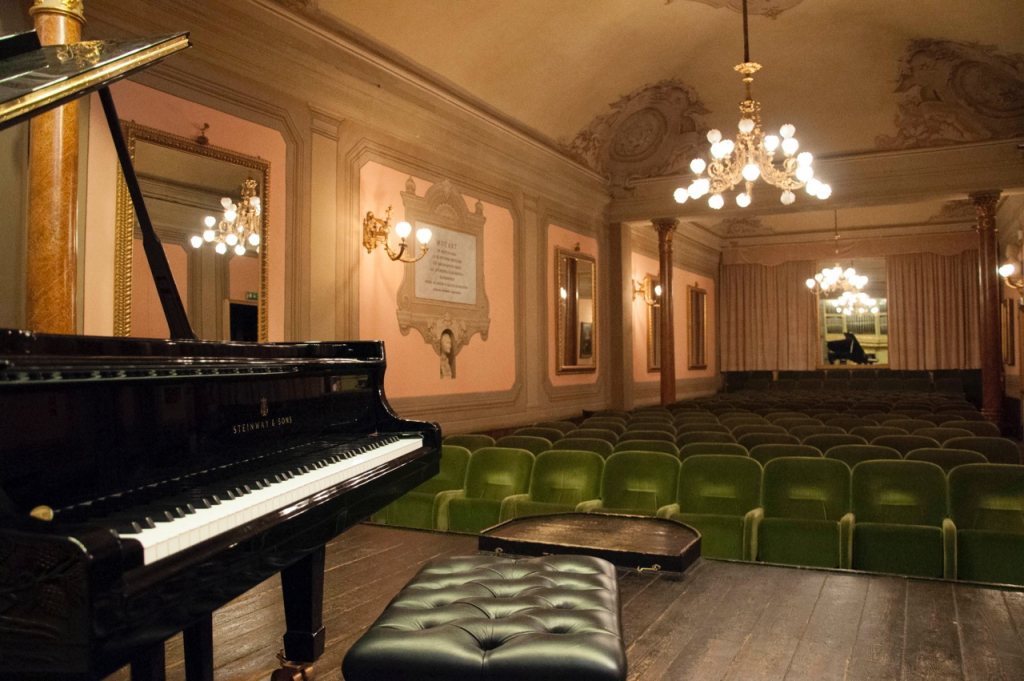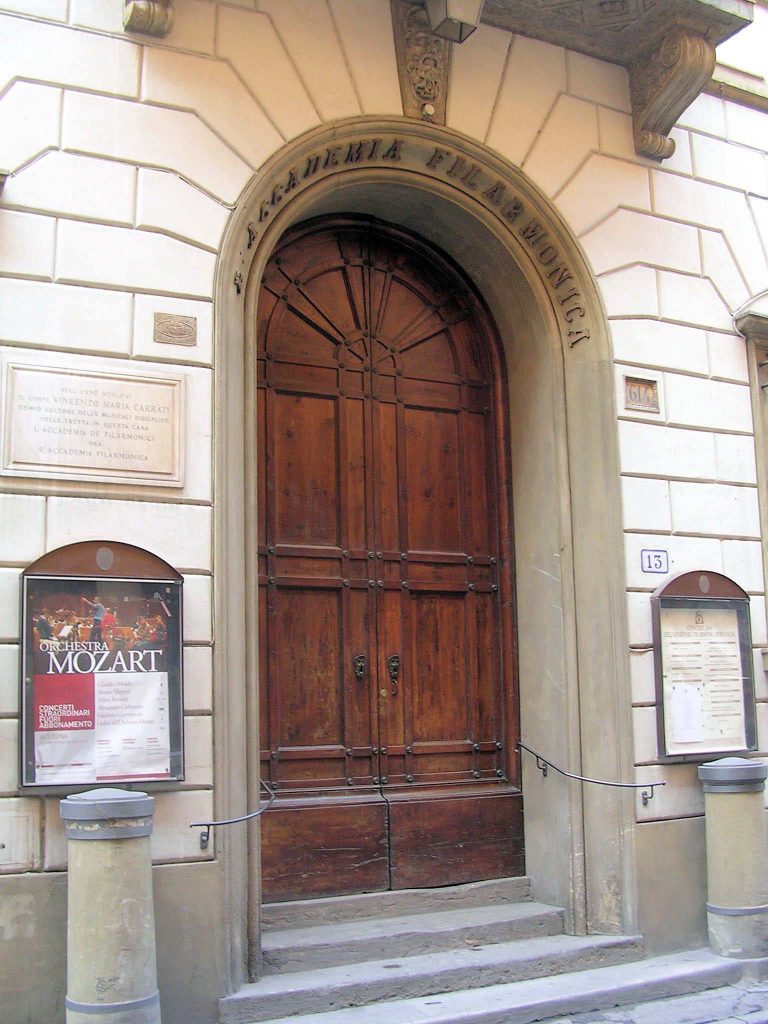By KAUSTAV BHATTACHARYYA
“The House of Savoy which led the Unification movement of Italy became the ruling dynasty of Italy and ended up being the prime kingdom from 1861 until 1946. In 1946 the Monarchy was abolished in Italy. The affiliation with the House of Savoy bestowed upon the Piedmontese ‘Nobility’ a special prestige and legitimacy when compared to the rest of the Italian Nobility. The rest of the numerous Italian small monarchical states were perceived as residual vestiges of foreign conquests rather than products of pristine Italian history with continuity from ancient past.
In conversations with Professor Isvarmurti he often lamented the ignorance of educated Indians about the Continental high culture and society, our textbooks and pedagogy heavily concentrated on the British nobility or elites and took a complete detour with regards to the Continental Europeans.
In this specific article I explore the Italian Nobility and specifically the Piedmontese Nobility and their role and status in Italian society.

Why Piedmontese nobility?? The Piedmontese nobility enjoyed a special status amongst all the principal Kingdoms of Italy being part of the House of Savoy which led the Unification movement of Italy or ‘Risorgimento’ in late 19th century. Piedmont is a North-Western region of Italy located on the foothills of the Alps with borders with France and Switzerland. Prior to the Unification Piedmont was one the numerous Principalities of Italy and was affiliated to the Savoy Kingdom. Piedmontese nobility or the Lords were members of the House of Savoy centered in Turin.
The Piedmontese nobility which after the Unification or ‘Risorgomento’ in 1861 lost a lot of the privileges endowed through legal and official statutes created a nice enclave outside the political sphere for their elite status amongst the upper classes which included the newly emergent elites of industrialists, bankers, propertied rich including landed elites and professionals, based upon their aristocratic ‘heredity’.
They relied upon social and cultural institutions to exercise their cultural hegemony by shaping them according to their own noble values, morals and manners. The 3 institutions which Piedmontese Nobility exercised influence and shaped predominantly were private schools, army and Gentlemen’s Clubs.
In this article we will consider particularly the case of the Gentlemen’s Clubs which were the enclave of this Piedmontese Nobility in Turin; Società del Whist and the Accademia Filarmonica.
Although many of these private clubs were porous in terms of their membership and did allow a certain percentage of nouveau wealthy bourgeoisie elites it was the old Noble pedigreed ‘family’ elites who emerged as mediators of conduct, manners and values.
What’s so interesting about the Piedmontese Nobility?? Personally I find it fascinating how this particular nobility exercised influence and power in the cultural and social sphere operating independently of the political sphere. This fact appeals to me as a lesson at a point in time when politics and politicians dominate our imagination to the exclusion of all other refined pursuits.
DESCRIPTION OF THE 2 GENTLEMENS CLUBS:
There were 2 posh Gentlemen’s private exclusive clubs based in Torino towards the end of the 19th century; the Società del Whist and the Accademia Filarmonica. These clubs were inspired by the model of Gentleman’s Clubs in London and Paris.

Both these clubs were merged shortly after the end of the Second World War in 1947and were renamed post-merger as the Società del Whist Accademia Filarmonica.
The merged club is housed in the magnificent edifice of Palazzo dell’Accademia located on Piazza San Carlo in Torino: the same premises as that of the erstwhile Accademia Filarmonica. The physical structure of Palazzo dell’Accademia was built between 1644 and 1656 and designed under the aegis of Benedetto Alfieri, one of the illustrious architectural proponents of the “classicism-baroque” style. The aristocratic or noble touch is glaringly evident from the architecture of the edifice employing the finest mind of the time.
The Philharmonic Academy:
Was formed in October 1814 as an informal coalescence of 50 amateur musicians along with the appointment of its first President, the Count Luigi Mocchia of San Michele, to celebrate and cherish Classical music.
The school was financially supported by the Patrician Carlo Alberto during his lifetime and physically located at the palace of Marquis Solaro del Borgo. Philharmonic Academy was engaged primarily in musical performances, conducting study of music and dancing involving professionals, academics and amateurs.
As things stand today, the Philharmonic Academy is endowed with a valuable musical library which remains as an artefact of the musical teaching tradition including well-preserved original handwritten scores from the 6th and 7th century.
These handwritten scores were donated by the Marquis Alessandro dAngrogna who was a member of the Philharmonic Academy and descendant of Count Luigi Cotti of Brusasco. Interestingly it was the intervention of Marquis Alessandro dAngrogna saved the archives from destruction by Napoleonic forces. A special music hall or room was built by the architect Talucchi in 1840 titled ‘Odeo’ with higher quality acoustics for concerts and exercises.
Società del Whist:
Or ‘Whist Society’ was founded sometime in March 1841 as a personal dream ‘project’ of the Count of Cavour, Camillo Benso and was located in the chic and elegant CaffeFirio of Turino.
Initially it was conceived as a warm cozy location for meeting to play Whist (being a trick-taking card game), Chess and have conversations with ‘politely educated’ people. There were 40 founding members who were friends of the Count Cavour, which included both aristocrats and upper bourgeouisie, amongst whom 10 were affiliated to the exclusive aristocratic club of the city, Patriottica Nobile Societa del Casino which restricted membership to the highest strata of the nobility primarily those who were titled prior to 1722. The key aristocratic personalities who were part of the founding team apart from Count Cavour were Cavalier Pietro Santa Rosa and Count Vittorio Filippi di Baldissero.
This notion of being ‘politely educated’ traces its origins to the Renaissance ideal of a cultivated, cultured person who is blessed with a generalist education which clearly betrays the aristocratic ideal of education.
‘Polite’ education implied acquiring knowledge and learning much beyond the confines of professional learning with clear practical defined goals and objectives; a kind of ‘Knowledge for Knowledge’s sake’ ideal.
Admission criteria of being ‘politely educated people’ is another manifestation of the aristocratic temper and tone of the Club.
Another aristocratic influence on the Club was the fact that gambling was strictly prohibited within the precincts of the Society.
There existed a library existed with a good collection of books along with the games. Clearly this Club was influenced by the aristocratic ideal of cultivation of mind, body and spirit laced with haute cuisine and fine wine.
Piedmontese Nobility was closely connected to the military this manifested in terms of the members contributing to the war efforts earning battlefield glory; there were 19 gold medals awarded to Whist Society members. This battlefield track-record stretched from the First War of Independence until the Great War (First World War) and the Resistance.
The Whist society insisted on being totally apolitical and despite having members who were political heavyweights: the nobility types, diplomats and serving ministers. There was maintained a calibrated detachment from the humdrum world of politicking.
Rather the philosophical abstract world of political ideas were acceptable and welcomed. As a matter of fact quite recently, about 20 years back, one of the senior members had to step down due to his close affiliation with the ruling political dispensation of the day.
In the summary one can appreciate and understand the way Piedmontese nobility went about creating a special niche for themselves in the sphere of socializing and aesthetics independently of political elites. This demonstrates that there are multiple ways in which fading elite can retain its prestige and exude glory without craving and conniving for political power.”